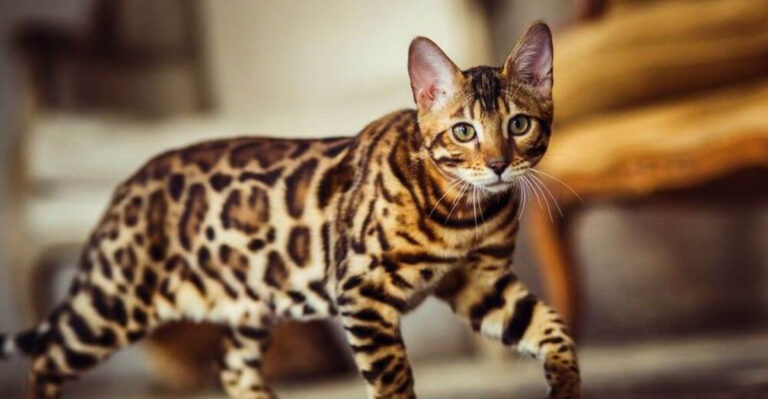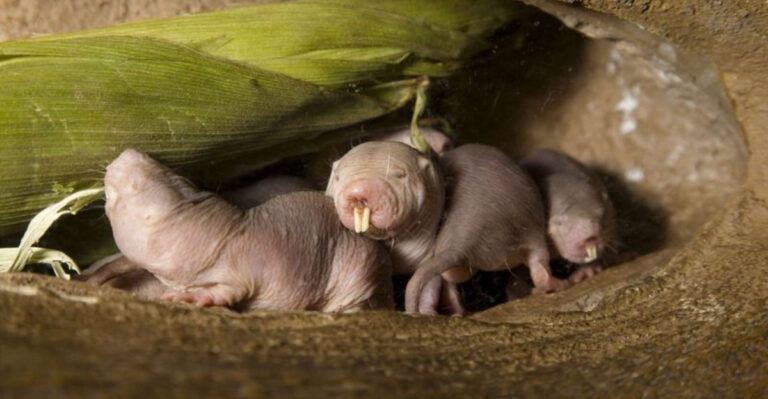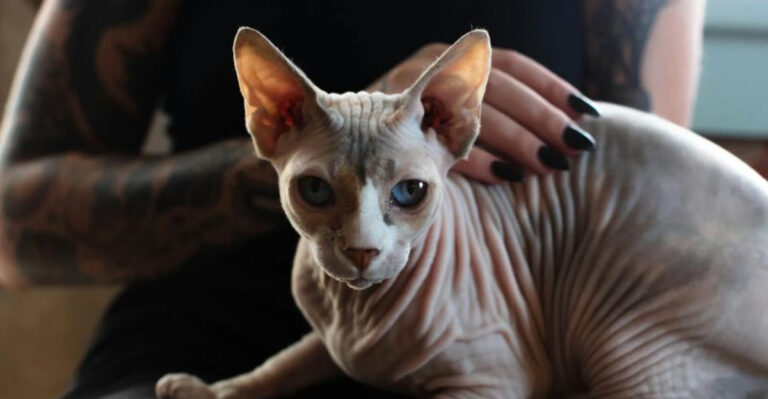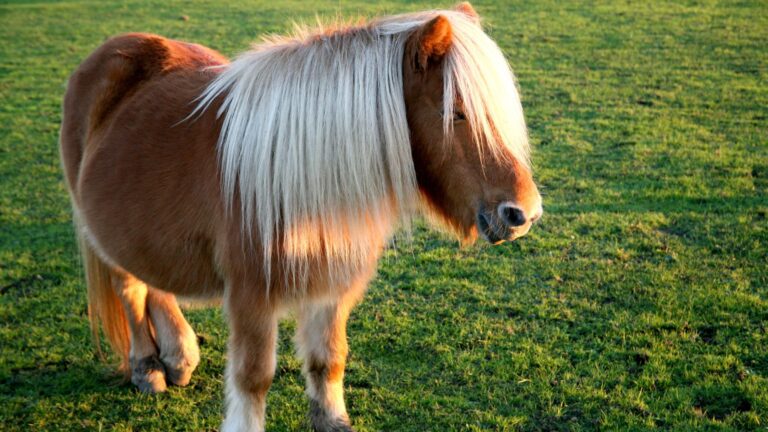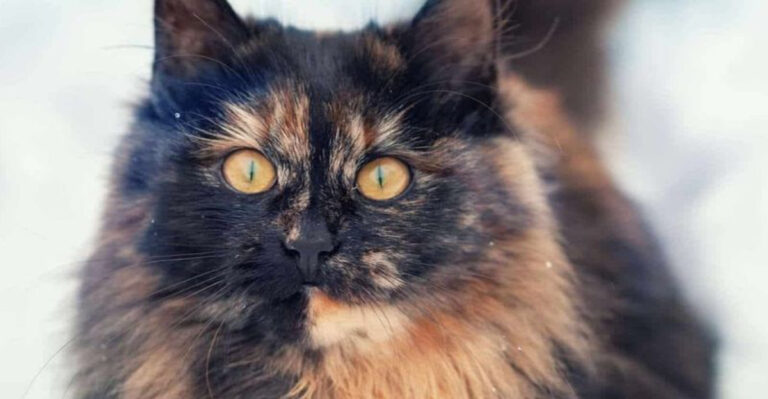12 Fascinating Facts About The Endangered Binturong
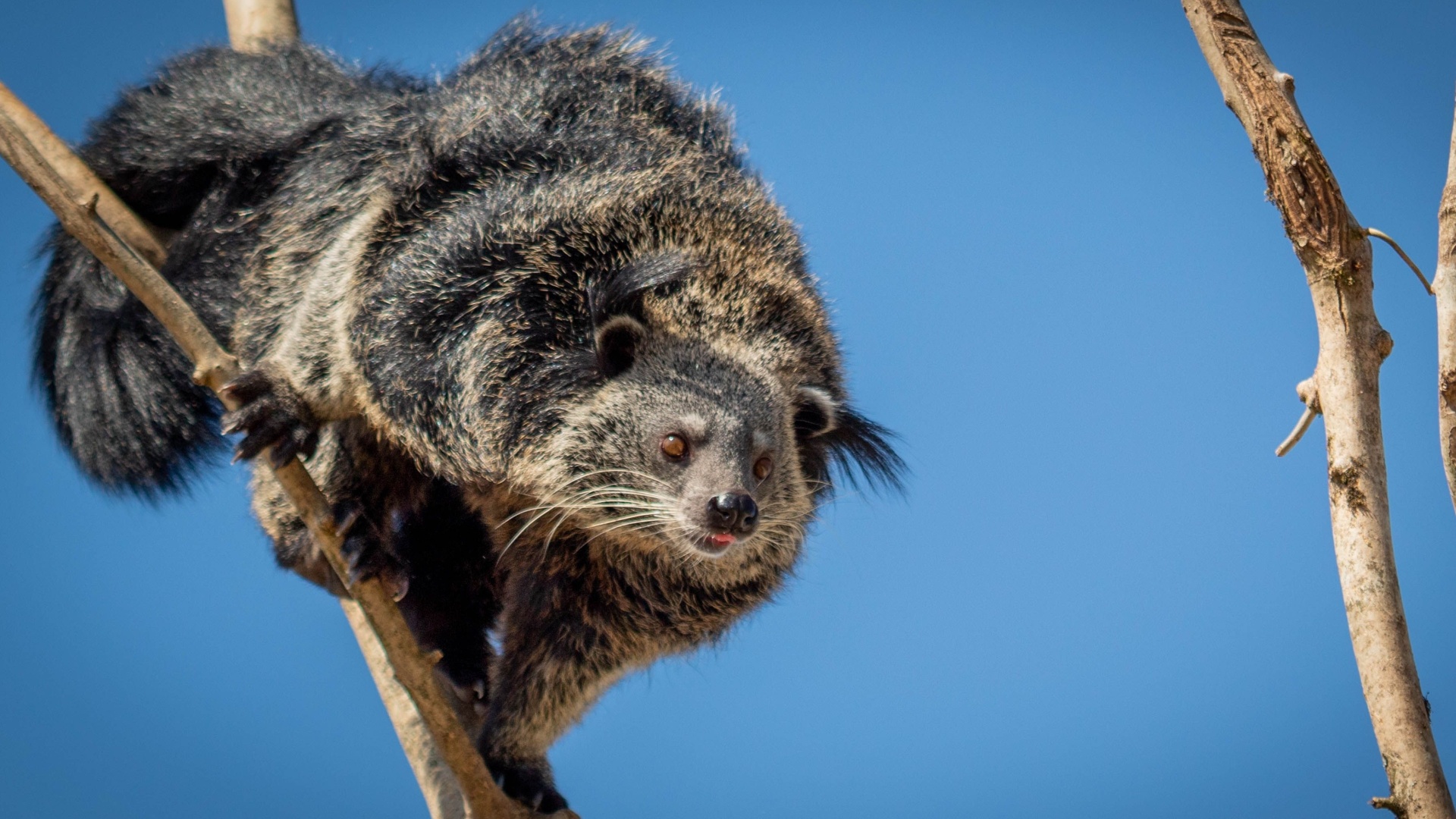
With a face like a bear, a body like a cat, and a tail that works like a monkey’s, the binturong is one wild mashup you’ve probably never heard of.
This mysterious creature, also known as the “bearcat,” smells like popcorn and lives high in the treetops of Southeast Asia. But despite its quirky charm, the binturong is quietly slipping toward extinction.
Get ready to explore some fascinating, funny, and downright surprising facts about this endangered jungle oddball!
1. Endangered Status
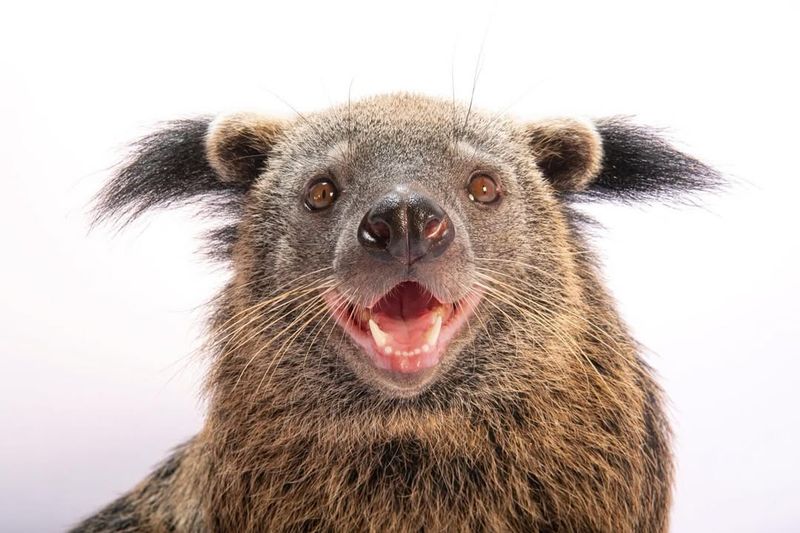
Binturongs are classified as vulnerable, facing threats from habitat destruction and poaching.
Their numbers have dwindled, making conservation efforts crucial. In the wild, they are often in danger due to deforestation. Efforts to protect their habitat are vital.
As forests shrink, these creatures struggle to find food and shelter. The fight to save them is urgent and ongoing.
2. Omnivorous Diet
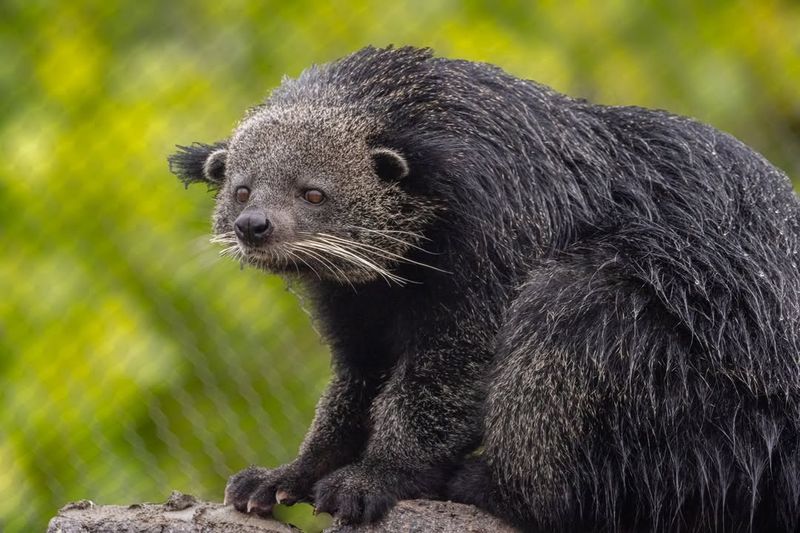
Binturongs have a varied diet, consuming fruits, leaves, and small animals. This omnivorous nature helps them adapt to changing environments.
Their diet includes figs, a favorite fruit, providing necessary nutrients. They also hunt small vertebrates, showcasing their adaptability.
This diverse diet aids their survival in fluctuating conditions, ensuring they meet their nutritional needs.
3. Nocturnal Lifestyle
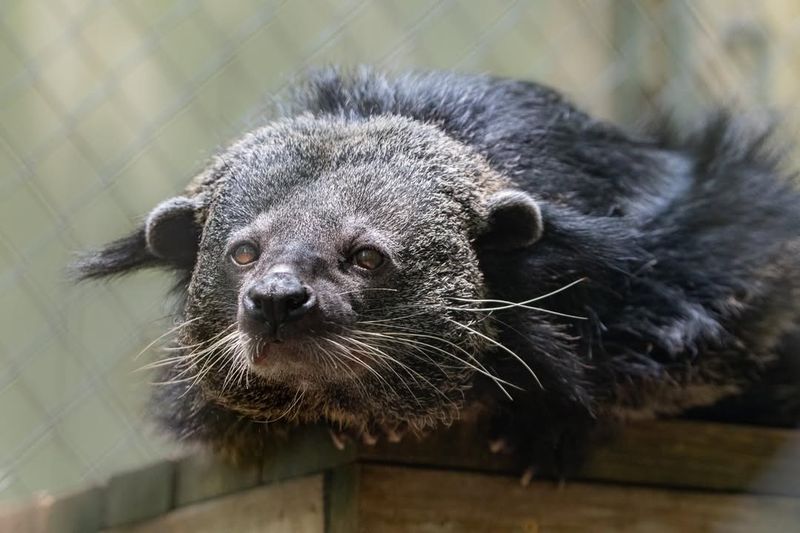
Most active at night, binturongs roam the forest in search of food. Their nocturnal habits allow them to avoid predators.
This lifestyle is advantageous, as they encounter fewer threats. At night, they navigate the dark with ease.
Their keen senses guide them through the shadows, making them effective hunters and gatherers under the cover of darkness.
4. Vital For Forest Ecosystems
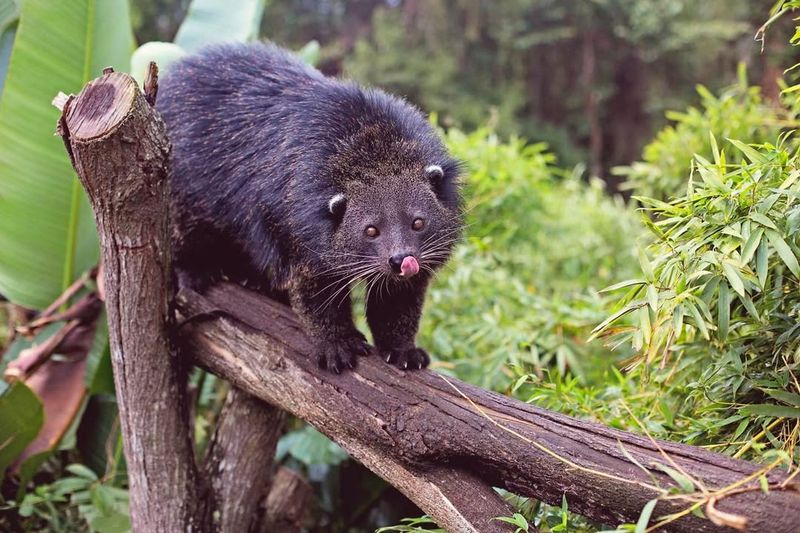
Binturongs play a key role in seed dispersal, aiding forest regeneration.
By consuming fruits and excreting seeds, they support plant growth. This process is crucial for maintaining forest biodiversity.
Their contribution to the ecosystem extends beyond mere survival. They help sustain the balance of nature. Protecting binturongs ensures the health of their entire habitat.
5. Climbing Experts
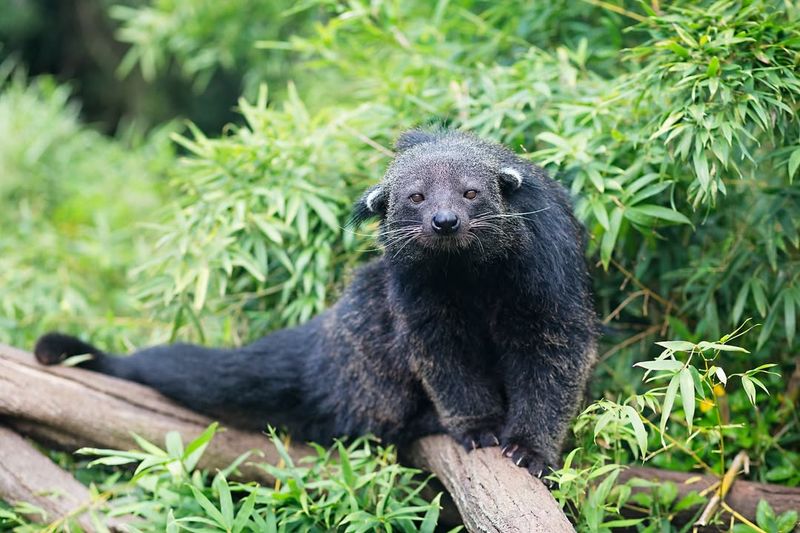
With strong claws and limbs, binturongs are adept climbers. They spend much of their time in trees, searching for food and safety.
Their climbing skills are unmatched, allowing them to navigate treetops with ease. This ability provides access to fruits and leaves.
Their agility is a testament to their adaptation to arboreal life.
6. Not A Bear Or A Cat
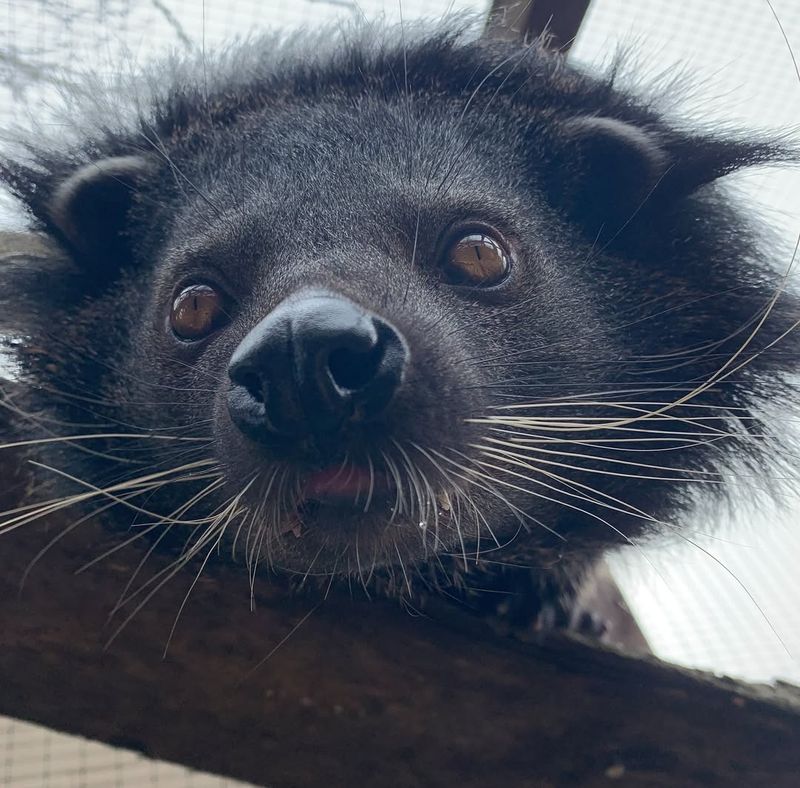
Despite its nickname, the bearcat is neither bear nor cat. The binturong belongs to the viverrid family, related to civets and genets.
Its unique appearance often causes confusion, but its identity is distinct. This misnomer highlights its mysterious allure.
Understanding its true classification enhances appreciation of its role in the animal kingdom.
7. Communicate Through Scent And Sounds
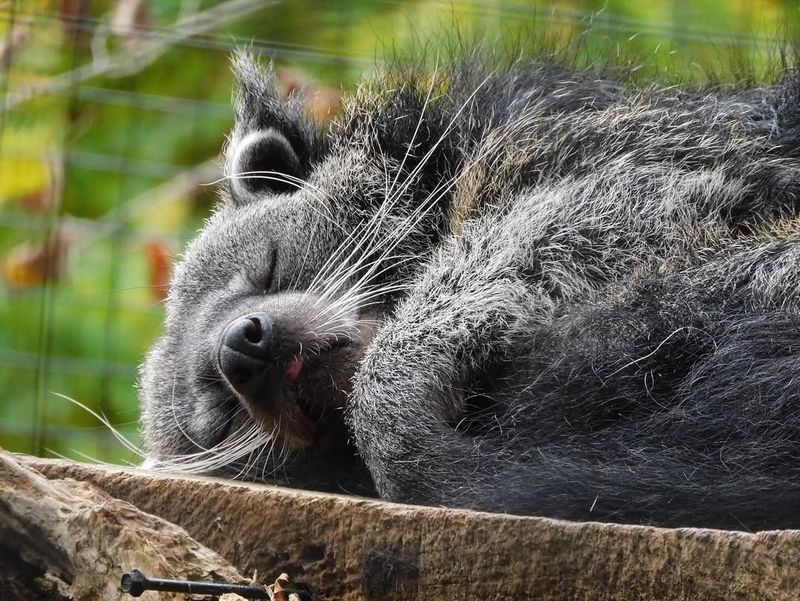
Binturongs communicate using scent and sound, marking territory with scent glands. These scents convey messages to other binturongs, establishing boundaries.
Their vocalizations, from huffs to chuckles, are equally expressive. These sounds play a role in interaction, signaling various states.
This complex system of communication is essential for survival, fostering social bonds and deterring intruders.
8. Rarely Seen In The Wild
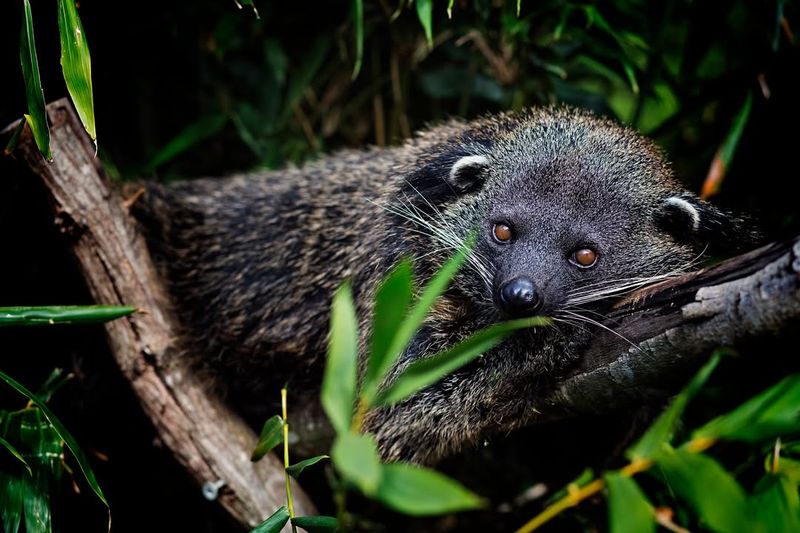
Spotting a binturong in the wild is a rare delight, as they blend seamlessly into their environment. Their elusive nature makes sightings uncommon.
This rarity adds to their mystique. Their camouflaging fur and secretive lifestyle help them evade predators and humans.
Observing them in their natural habitat requires patience and luck, making such encounters special.
9. Unique Smell Of Popcorn
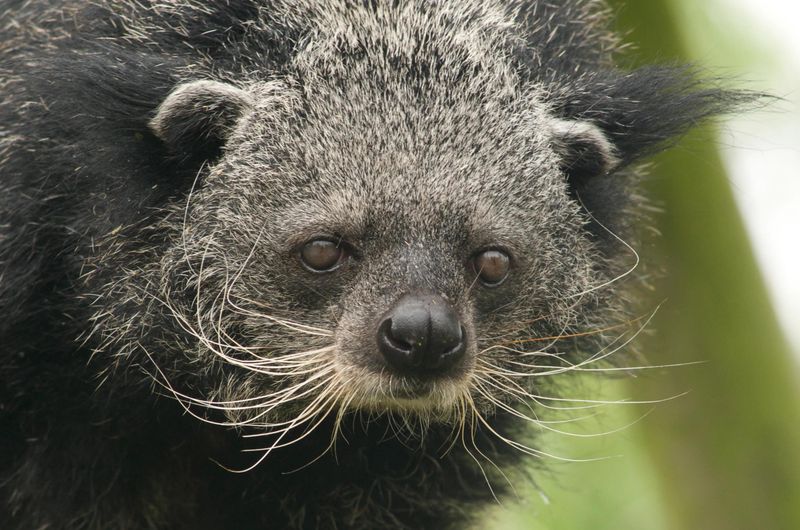
Binturongs emit a scent reminiscent of buttered popcorn, a peculiar trait caused by compounds in their urine.
This aromatic signature helps them mark territory and attract mates. The popcorn smell is unique to each individual, acting like a calling card.
This scent is not just intriguing but serves as a functional tool in their environment, adding to their odd charm.
10. Slow And Stealthy
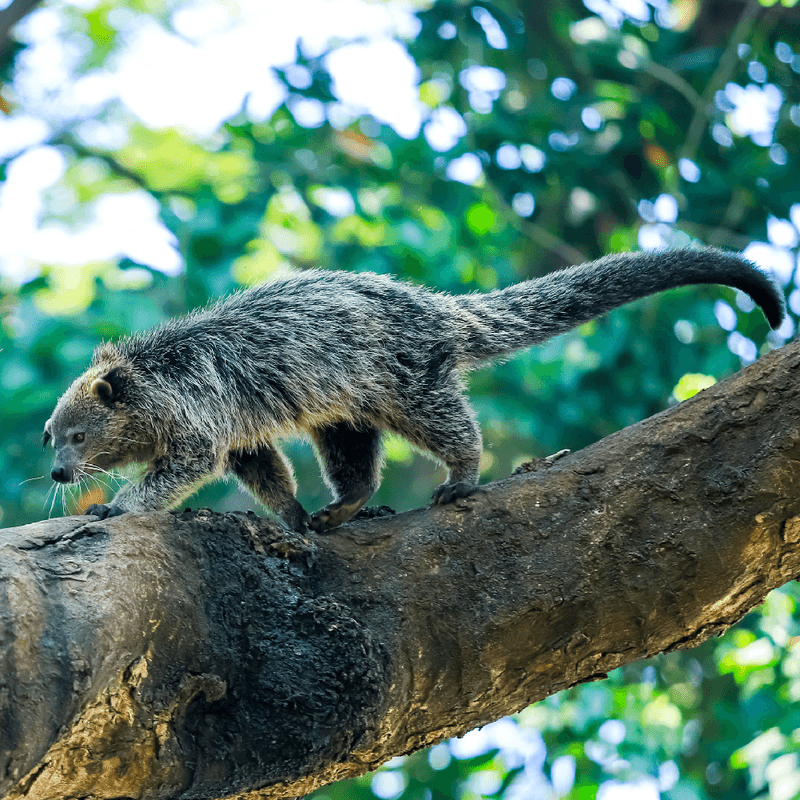
Binturongs move with deliberate slowness, allowing them to stalk prey and navigate terrain with precision.
Their stealthy approach minimizes noise, aiding in hunting and evasion. This slow pace is strategic, offering time to assess surroundings.
Their methodical movement is key to survival, enabling them to capture unsuspecting prey while avoiding detection by predators.
11. Prehensile Tail For Extra Grip
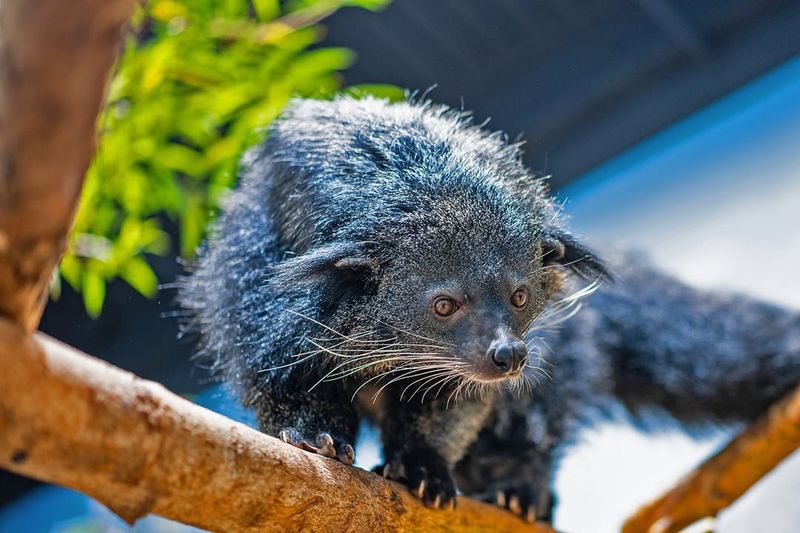
One of the binturong’s most fascinating features is its prehensile tail, used for gripping branches. This tail acts as a fifth limb, providing stability and balance.
When climbing, it wraps around branches, offering support. This adaptation is crucial for navigating the treetops. It enhances their climbing prowess.
The prehensile tail distinguishes them from many other animals, emphasizing their uniqueness.
12. Thick Fur That Repels Rain
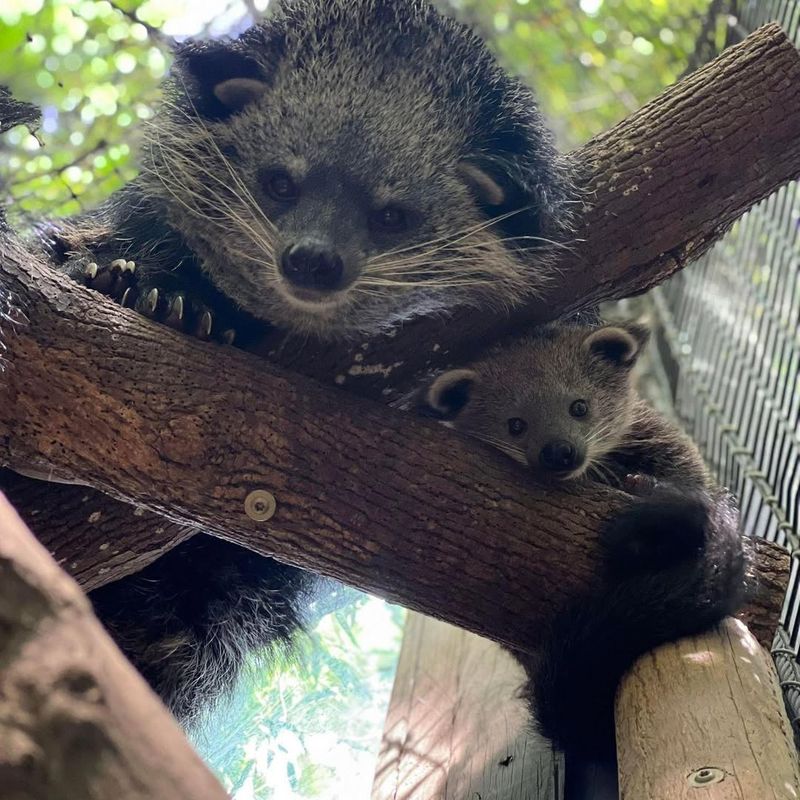
Binturongs possess thick, coarse fur that sheds water, an adaptation to their rainy habitat. This fur keeps them dry and warm, crucial for living in wet conditions.
As rain cascades, their fur acts as a shield. This feature aids in temperature regulation.
Their fur’s water-repellent quality is a testament to their evolutionary ingenuity.

